What Causes Engine Misfires? 7 Common Culprits
-
Jeff Weishaupt
- Last updated:
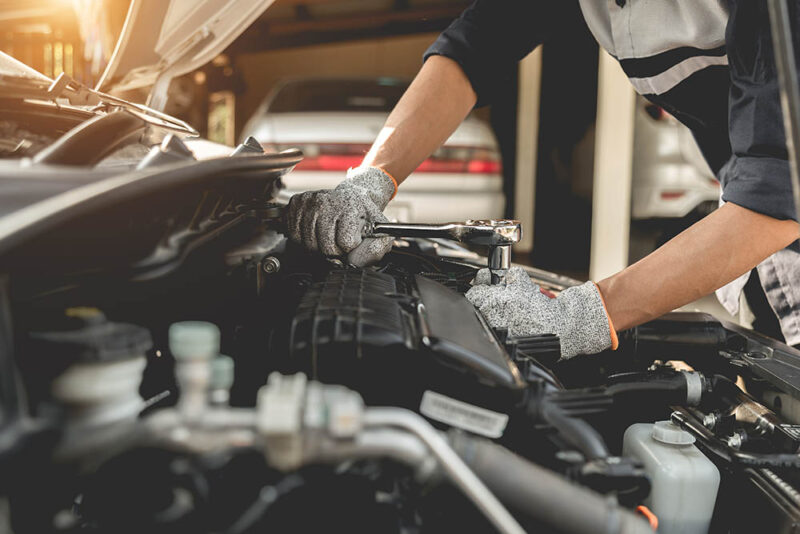
Most drivers disregard the inner workings of their car until something goes wrong, such as overheating or an engine misfire. As a car owner, an engine misfire is one of the worst things to happen to your vehicle, and you probably won’t know until it’s too late.
Engine misfires typically occur due to incomplete combustion in the engine’s cylinders. Such misfires can be hard to detect early on and prevent, as they only make the car hesitate or shake slightly, leaving the driver unaware.
If your car’s engine misfires or you’re hoping to prevent such an incident, you’re at the right place. Here are seven common causes behind an engine misfire and six ways you can detect one before it’s too late.
The 7 Common Culprits That Cause an Engine to Misfire
1. Bad Ignition Coil
A bad ignition coil or distributor (if you have an old car) is often the main reason behind an engine misfire. However, the placement of an ignition coil may vary depending on the vehicle. While some cars have a single ignition coil and a sparking cable attached to each spark plug, others have a separate coil for each spark plug.
If your car has separate spark plugs, you can check the cylinders’ response by unplugging each ignition coil. You may find that the ignition coil is faulty or has a trouble code stored. In such cases, you can simply replace the coil to fix the problem.
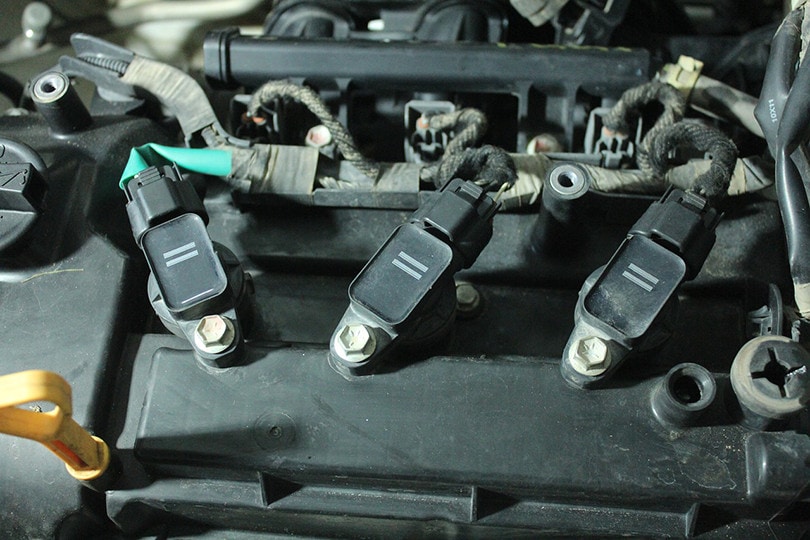
2. Intake Manifold Gasket Leaks
While we’re on the topic of spark plugs, it’s also worth noting that you may find an intake leak near the cylinder heads. Again, you’re more likely to spot this issue if you have an older car, as they don’t feature steel gaskets for the intake.
Intake manifold gasket leaks are the most common reason behind an engine misfire in an old model, so it’s best to check it off the list first. Then, those with newer cars may want to check for any other leaks near the intake. Finally, it’s also best to check if your car’s vacuum hose is broken.
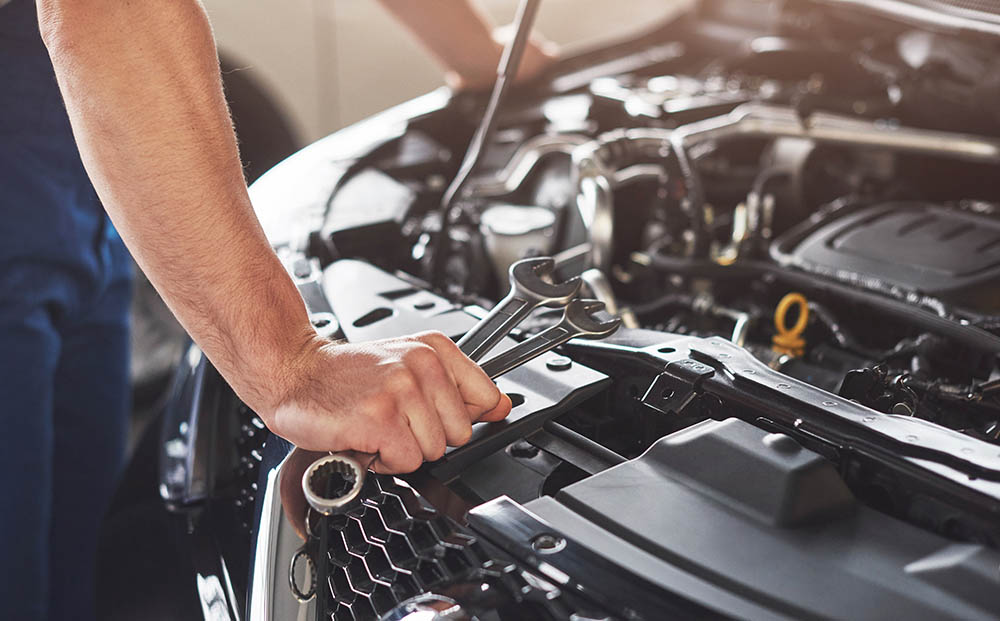
3. Injector Problem
Another common problem in older cars leading to an engine misfire is an injector problem. Faulty fuel injectors cause engine misfires, but you may find it hard to diagnose such an issue without flow testing the injector.
Newer cars typically don’t face this problem, so it won’t hurt to prioritize other causes before injector problems while diagnosing the engine misfire.
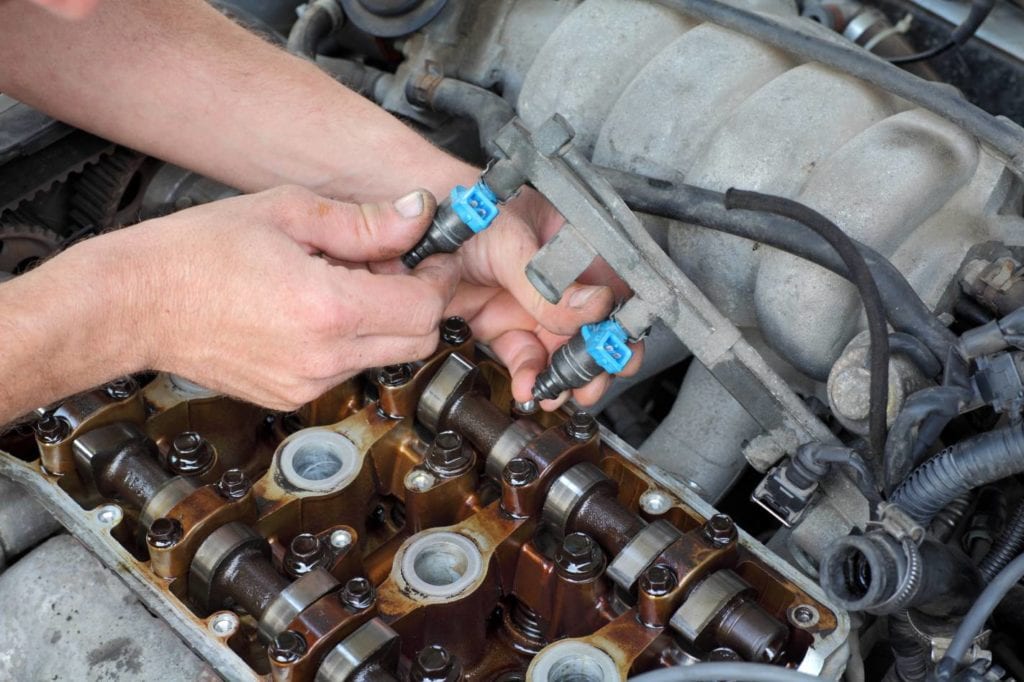
4. Wrong Air-Fuel Mixture
Faulty air-fuel mixtures can also lead to engine misfires. It’s worth noting that the MAF Sensor, Coolant Temperature Sensor, and O2 Sensor are just a few different sensors that lead to harmful air-fuel mixtures in your car.
An ideal air-fuel mixture must occur within the engine and ignite with the help of spark plugs before setting the engine in motion with its explosion. This creates a rotational force, propelling your car where it needs to go.
If a sensor, vacuum leak, or failed fuel injector throws off the air-fuel mixture, it can lead to an engine misfire.
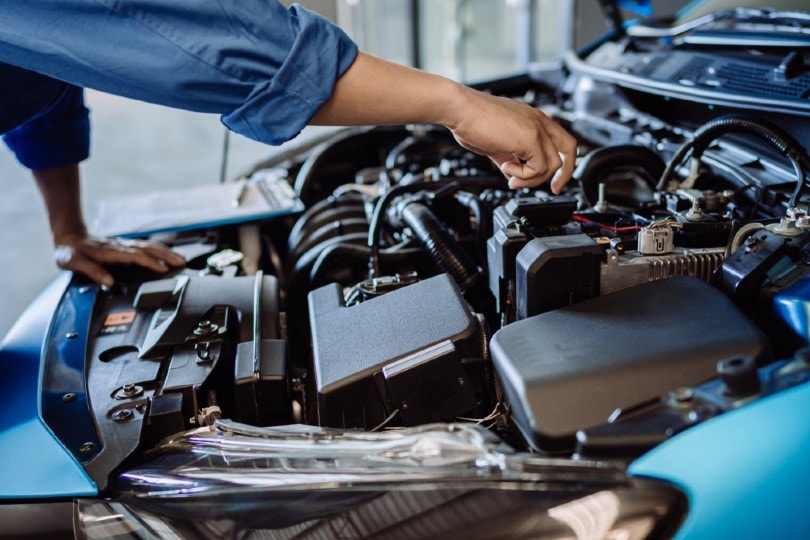
5. Bad Spark Plug
The most common cause of an engine misfire is a bad spark plug. Spark plugs fire up the car’s cylinders with the help of the correct air-fuel mixture, which is why they may wear out over time. Luckily, they’re typically quite affordable and effortless to replace.
It’s essential to replace your spark plugs every 80,000–100,000 miles. So, if you’ve never replaced your car’s spark plugs before, it might be time to do so.
It’s also worth noting that spark plugs are only one part of the ignition system, so the engine misfire may root from somewhere else too. That includes the coil packs, crankshaft position sensor, wiring, and control module. Maintaining the health of your entire ignition system can prevent engine misfires.

6. Low Fuel Pressure
A faulty fuel pressure regulator mainly leads to low fuel pressure, but clogged fuel filters and defective fuel pumps are also influential factors. Low fuel pressure leads to a lean mixture in the car’s engine. As a result, a misfire will occur in each cylinder.
You must check the fuel pressure if your car displays trouble codes for engine misfires in every cylinder.
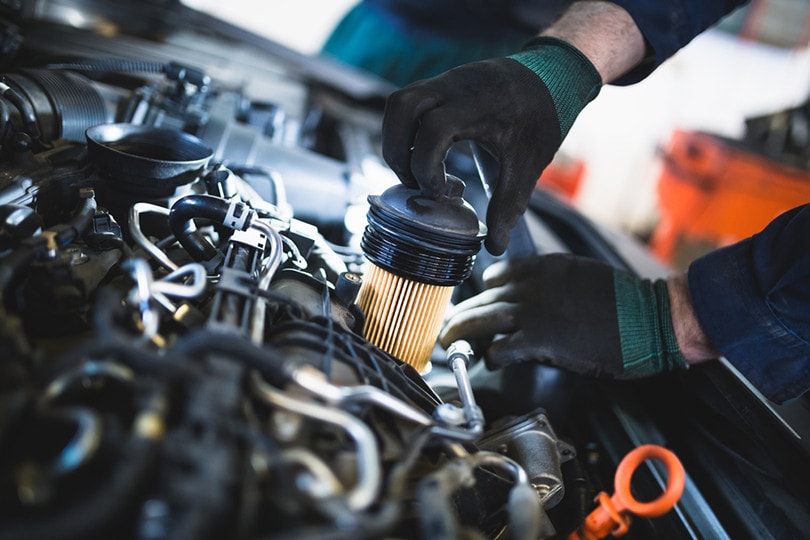
7. Low Compression
If none of the previously mentioned issues seem to be the cause behind your car’s engine misfire, there’s probably a more significant issue. In such cases, your engine may be damaged or have low compression, which can be caused by faulty timing belt adjustment.
So, if you recently had your car’s timing belt adjusted, you may want to double-check and ensure a proper installation.
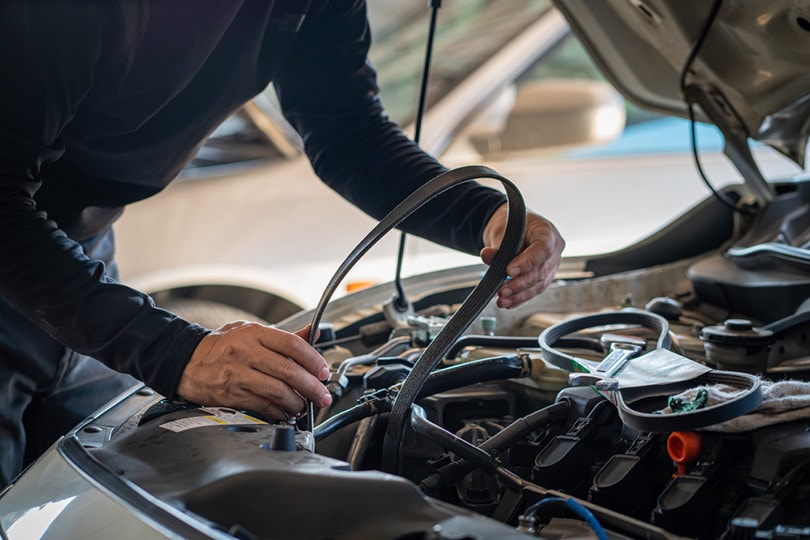
 How to Spot an Engine Misfire
How to Spot an Engine Misfire
Engine misfires are hard to detect, which is why most drivers don’t realize their car’s engine has misfired until it’s too late. To prevent further failures in your car’s inner workings, here’s how you can spot an engine misfire and fix it immediately.
Rough Acceleration
Jerks and shakes from the engine are the main indications of an engine misfire. Typically, such misfires occur when the engine is under load, like when you’re accelerating. Hard acceleration, low RPM, and high gears are the perfect times to keep an eye out for an engine misfire, which most often appears as rough acceleration.
Slow Acceleration
Besides rough acceleration, engine misfires can also show up as slow acceleration. These misfires cause O2 sensors to receive incorrect information and generate a mixture too lean or rich for the car.
As a result, the acceleration might lower, and your car may even enter limp mode. At this point, you won’t be able to rev over 3500 RPM without disconnecting the boost pressure from the turbocharger.

Vibrations
The balance axles in an engine help ensure that the engine vibrates as little as possible. When one or more cylinders misfire, the balance axles stop working correctly. As a result, an unbalanced engine leads to heavy vibrations at idle or on acceleration.
Different Engine Sound
Those with enough knowledge about cars are aware of how different engines sound. For example, a four-cylinder engine sounds much different from a V8 engine.
If you know a bit about cars, you can utilize this trick to detect an engine misfire. For example, if your car has a four-cylinder engine and one cylinder misfires, it’ll sound like a three-cylinder engine.
Rough Idle
In some cases, an engine can misfire even on idle. For example, certain engine sensors receive false information, leading to the wrong air-fuel mixture. As a result, the idle becomes uneven, jumping up and down and even turning off.
At idle, your car’s engine is most sensitive regarding air-fuel mixture problems, which makes it an easy time to spot an engine misfire.
Check Engine Light
Lastly, if one sensor fails or picks up an error in the engine, it sends the correct values to the engine control unit. The engine control unit determines the severity of the problem, turning on the “check engine light” if there’s something in need of fixing. It also stores a trouble code in the cylinder, which you can check with the help of a diagnostic scanner.
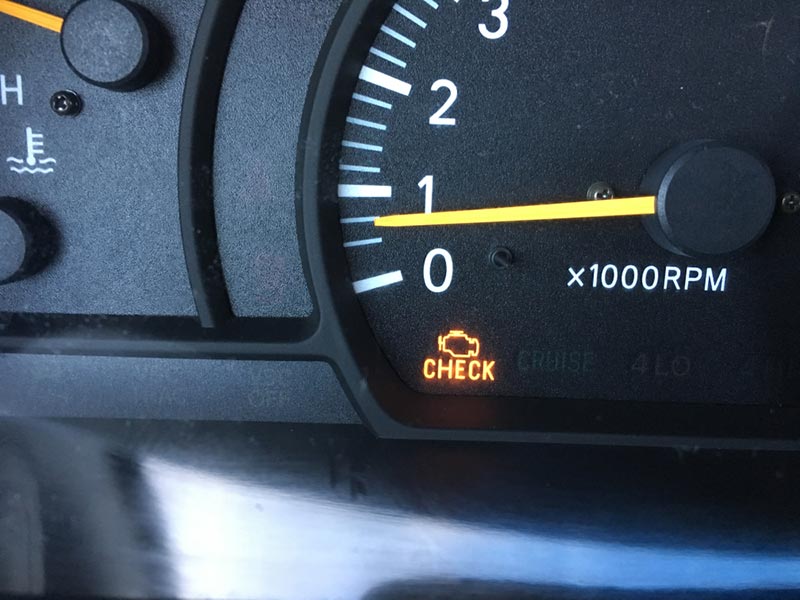
Conclusion
Engine misfires are more severe than they seem, leading to a damaged engine, loss of power, or decreased fuel economy. Spotting an engine misfire at the right is crucial to saving your car’s health and preventing further such occurrences. Knowing the seven common culprits behind this error, you can appropriately diagnose and fix an engine misfire.
See also:
Featured Image Credit: A_stockphoto, Shutterstock
Contents

 How to Spot an Engine Misfire
How to Spot an Engine Misfire